From pv magazine, October edition
The pv magazine Quality Roundtable at this year’s Renewable Energy India (REI) Expo in Greater Noida saw industry experts touch upon issues ranging from the more common issues of potential induced degradation (PID) and cell microcracks, to poor component selection and practices for field installations. Of course, there were discussions on course corrections, too, to ensure the quality and long life of solar projects.
The problem of PID in modules is currently considered one of the most pressing issues in Indian solar plants, and is having a significant impact on power output. While the hot and humid climate in many parts of the country has a role to play, PID is observed in modules younger than even four years. This puts the focus on module design and manufacturing.
“The situation in India with regard to PID is very serious. The states of Gujarat and Rajasthan experience high temperatures, while Tamil Nadu and Kerala have a humid climate. Some way or other, if there is a mix of such conditions, it leads to PID,” said Mohamed Hidayathulla, senior manager and business development head of India at TÜV Rheinland.
For PID testing, India has proper guidelines in place. “IEC TS 62804-1 is the standard to evaluate PID in crystalline silicon modules. Based on scientific research, India’s Ministry of New and Renewable Energy (MNRE) has brought out guidelines which say that a single cycle test for PID will not suffice. There are now three cycles, which is important for hot and humid conditions,” said Hidayathulla, adding that proper lamination is the only way to mitigate PID. Coming up with a proper standard for module design certification assumes significance, as PID has been observed in younger modules to a great extent.
IIT Bombay has been conducting its all-India survey of PV modules since 2013. In its eighteenth survey, it inspected sites from the northernmost state of Jammu and Kashmir to the southernmost state of Tamil Nadu. It inspected about 37 sites and found PID to be the leading cause of module degradation.
“Besides that, we found that modules that exhibited PID were mostly less than five years old and had a degradation rate of 2.5% per year or more, which is quite high,” said Narendra Shiradkar, from IIT Bombay and the head of the PV Reliability Group at the National Center for Photovoltaic Research and Education. Shiradkar emphasized the need to come up with a standard for module design certification. “PID can be arrested by using cells with conductive anti-reflection coating and even standard module packaging.” he said.
Cell cracks
Along with PID, cracks in cells are common, and they trigger hotspots and sometimes fires. While poor soldering appears to be chief among the causes, there could be other stress factors at play.
“There are some module manufacturers who are taking extra precautions during the soldering process so that there are virtually no micro cracks,” said Shiradkar. “Our analysis shows that before shipment of the module, there is no failure as far as cell cracks are concerned. However, all the defects that we inspect after five to six years in the field can be put into three top categories of hot spots, PID effect and others.”
Cables and connectors
Following best practices at every stage, from component selection and installation to monitoring, is also critically important to avoid early PV system failures and sudden fires – as in the well-publicized case of Walmart’s rooftop solar installations in the United States, which was widely discussed at the REI Roundtable.
Speaking about connectors, Olivier Haldi – global business development manager at Stäubli Electrical Connectors – noted that the issue of PV panels catching fire has been mainly caused by a lack of knowledge about the importance of small components like connectors. As all of the energy runs through connectors, it’s important to ensure they are of good quality, and properly installed.
“Correct insulation handling is equally important. The [Walmart panel fire] case is under investigation, but cross-connection between different brands of connectors – or incompatibility – is a likely cause,” Haldi said.
With failures having a huge negative impact on the profitability and bankability of PV projects, Haldi underscored the need to create more awareness about the choice of components, the right steps during installation, and proper monitoring.
Jan Mastny, head of global sales, solar and wind at cable manufacturer Leoni, said that in India it is important to educate the industry about the right specifications and requirements for PV installs.
“Many companies don’t recognize the technical limitations of cables. They are using the cables the wrong way; they bury the cables underground or immerse them in water for floating PV. As cables are not designed for such usage, this leads to accelerating the aging process or results in fires,” he said.
Backsheet degradation: DuPont’s findings
Mounting systems and wind
Another session at the roundtable focused on quality in mounting structures, and opened with a statement from Monika Rathi, head of business development-EPC India & SEA markets at Mahindra Susten. She told the audience that any reduction in wind pressure must be backed by consideration of the effect on eccentricity.
Rathi highlighted the need to build standards for best practices within solar. “The Indian standard that governs wind loading allows for a 20% reduction in wind pressure if the structure is designed for less than 10 meters in height. A note somewhere else [in the document] says that if you are reducing the pressure, check the eccentricity,” Rathi said. “Now what’s happening in the solar industry is that some developers or designers read the first footnote and reduced the wind pressure by 20%, but forgot to account for eccentricity. While the savings could be four to five times, the extent of the damage caused is catastrophic.”
Jitendra Morankar, vice president of global design applications at NEXTracker, pointed to two big issues in the Indian market that could lead to failures. “First, the core standard used to design MMS isn’t adequate,” said Morankar. “It provides guidelines only for static structures while there are a lot of dynamic loads on the modules.”
Morankar went on to state that manufacturers need to understand thatsolar is not one static standstill structure, but an array, meaning that the design has to be done for an array. “The proper way of doing it is to do an internal test. Do an internal test, get the coefficients out of it and then design,” Morankar said. “The second important thing is that tools used for design are not adequate. Mostly the MMS is made of thin-gauge material, which has strength just because of its shape. The dynamic forces that the structure faces may deform the material. Once it deforms, it loses strength, and the structure can fail.”
The industry should therefore do internal mechanical load testing and use this data to develop its own tools to design the MMS, Morankar said, while highlighting dynamic loading as the third most important factor for tracker design.
Feedback – the missing link
Customer follow-up and the consideration of feedback is just as important as procuring quality raw materials and proper design, manufacturing and field installation, according to Rajaram Pai, business leader at E&I, South Asia, and marketing manager-PVAM, South Asia & ASEAN at DuPont. “What’s missing from the entire value chain is feedback from the market,” Pai said. “It is important to get the feedback on the impact of the manufacturing process on the actual performance and the output of the module. There is a need to get this feedback three to four years down the line and incorporate improvements both in incoming specifications and processes.”
Enforcing compliance
The MNRE’s move to approve and enlist manufacturers and models for government projects is a big shot in the arm to improve quality in the solar PV industry, according to Hidayathulla.
“From the start there was apprehension from the industry, especially EPC providers and power plant developers, that the labs inspect one time and the manufacturer produces the best modules and only gets them tested. And who knows which of the modules will be supplied to the field. That’s the reason some labs like us were formed for annual factory inspection,” said Hidayathulla. “So now with different types of practices across the globe, MNRE has decided that there should be regular inspections. This is going to be a very high improvement activity as it throws open the accommodation on the certifying agencies to ensure meticulous testing activity.”
The inspection under ALMM is going to be a big undertaking, and of course it will be a burden on the EPC industry, as companies need to get 5% of the solar modules qualified from the approved labs.
“It’s going to be an additional cost. You have to go back and check not just manufacturers, but a whole lot of suppliers,” Pai said. “It’s going to be an intensive exercise. If you look at today’s global manufacturing footprint, tier 1 companies don’t do it 100% at one place … they have a whole bunch of units doing the manufacturing. In such a case, it is difficult to actually go out and check all of them.”
Pai said a course correction is needed. “All that remains to be ensured is that the modules that are coming in are performing to whatever is written down in specifications,” Pai said.
“If you go out policing or imposing the ALMM, probably it’s not the right way.”
This content is protected by copyright and may not be reused. If you want to cooperate with us and would like to reuse some of our content, please contact: editors@pv-magazine.com.
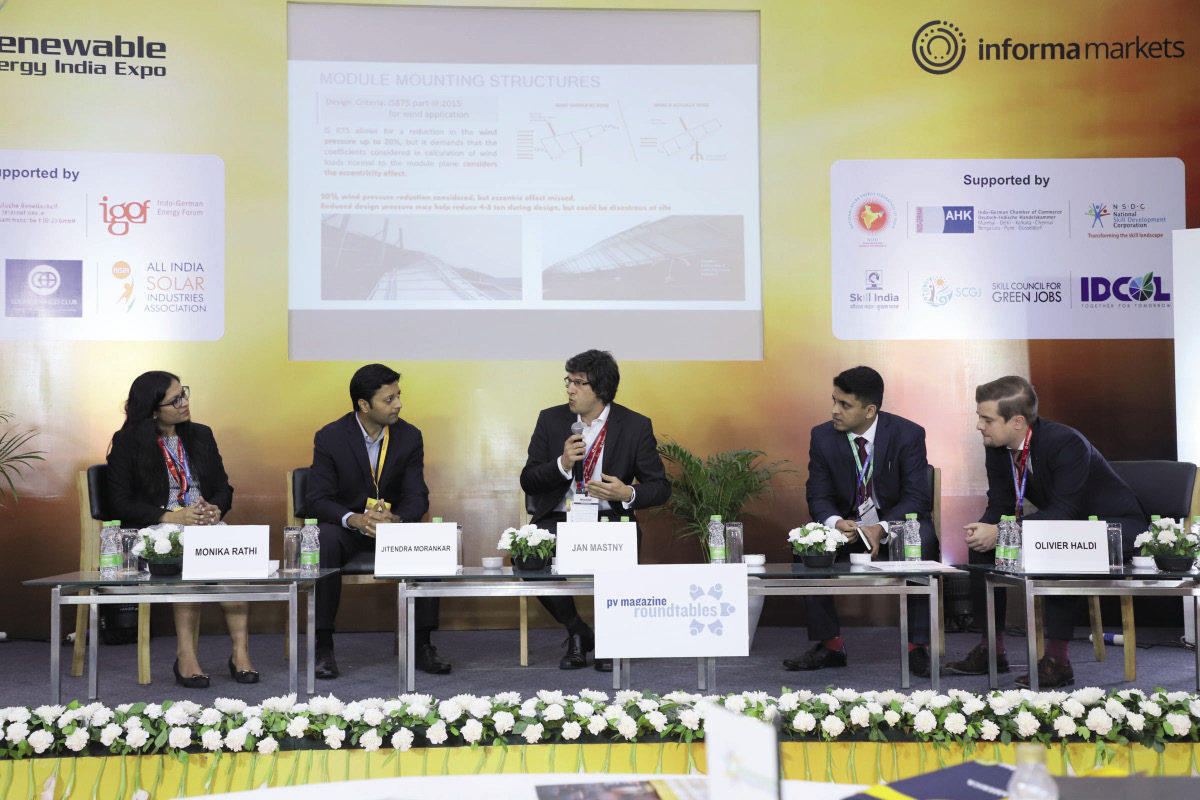
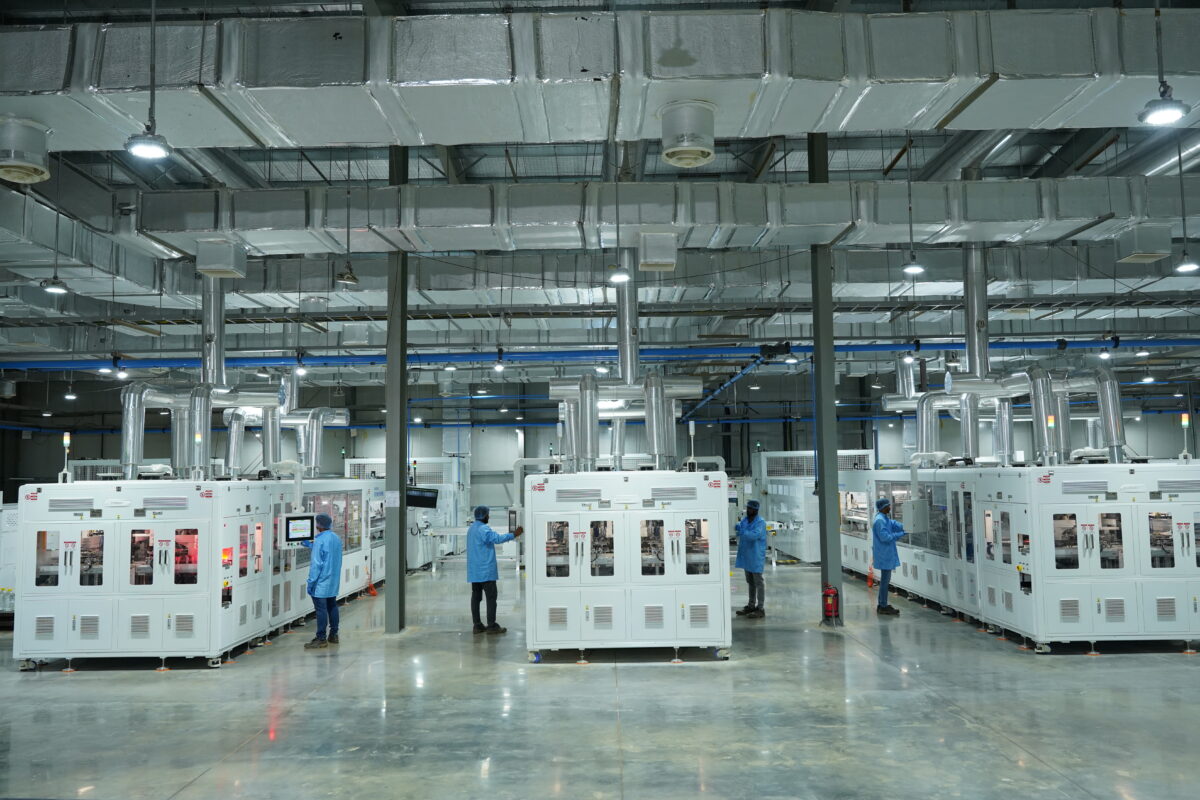




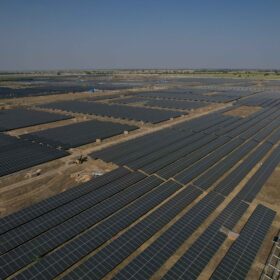
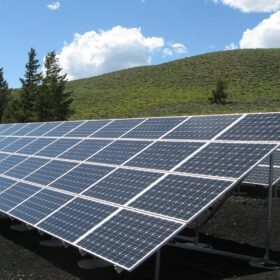
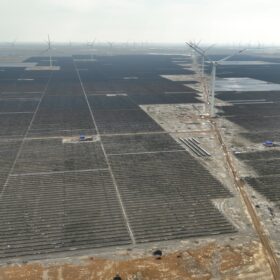
By submitting this form you agree to pv magazine using your data for the purposes of publishing your comment.
Your personal data will only be disclosed or otherwise transmitted to third parties for the purposes of spam filtering or if this is necessary for technical maintenance of the website. Any other transfer to third parties will not take place unless this is justified on the basis of applicable data protection regulations or if pv magazine is legally obliged to do so.
You may revoke this consent at any time with effect for the future, in which case your personal data will be deleted immediately. Otherwise, your data will be deleted if pv magazine has processed your request or the purpose of data storage is fulfilled.
Further information on data privacy can be found in our Data Protection Policy.